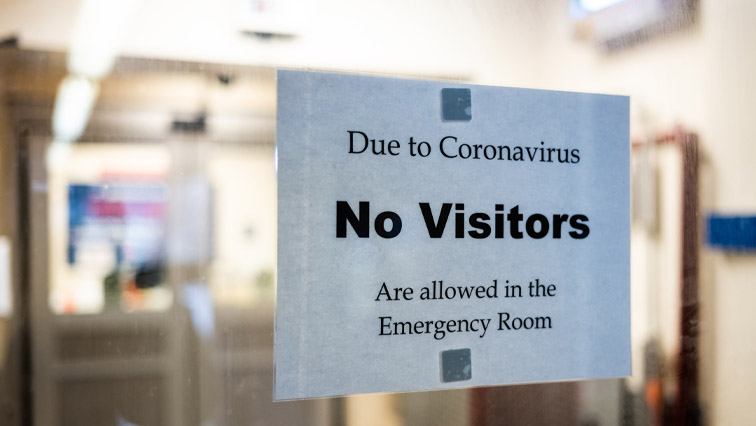Is your sister a doctor? Did she examine each patient at the hospital who was waiting to be seen? How does she know that they're not sick?
No, she has these things called "observation" and "common sense". I'm very sorry to hear that you're not able to discern a visibly-sick person from one who isn't, particularly in a frigging
emergency room. I'm equally sorry to see that you've bought into the, "I'm just a peasant who must allow the experts to do any thinking" mindset.
I'm guessing you're the sort of asshole who clogs up ERs every time you get the sniffles, because "only an expert" can determine how sick you are.
For the record and your badly-needed edification, here are the triage criteria used in the ER, many of which are visibly obvious to anyone with an engaged pre-frontal cortex:
1) "Immediate life-saving intervention", or "Is the patient dying?" - People who aren't breathing, don't have a pulse, or are severely bleeding. These people are noticeable - for the brief time they're being rushed directly into a room - by not being conscious or being covered in blood.
2) "High risk" - People who are in severe pain or distress, or are confused, lethargic, or disoriented. Also fairly easy to detect, for the relatively brief time they're in the waiting area.
3) "Needing two or more hospital resources" - Most of these people also have some sort of visible symptom, although not a risk to life or limb. They're also not usually left waiting for long, unless the ER is full of traumatic patients.
4) "Needing only one hospital resource" - These people probably aren't showing any visible symptoms, and may or may not have been able to wait for urgent-care services during the day.
5) "Needing no hospital services" - This would be you and your sniffles. These would be the people who spend hours in the waiting room, with no obviously visible symptoms, until there's literally no one else to be seen.
My mom is 84, she passed out and fell down, and she had to be brought in by ambulance. Under normal circumstances, she would have been in category 2 or 3. Also under normal circumstances, it would be unheard-of for a patient with that profile to be kept waiting for 24 hours for admission and treatment.
Most of the people in the ER during that time fell into categories 4 and 5.
This ends your lesson for today on not being an imbecilic sheep. You're welcome.


:extract_focal()/https%3A%2F%2Fmelmagazine.com%2Fwp-content%2Fuploads%2F2019%2F08%2FPrimeCareDoc.jpg)